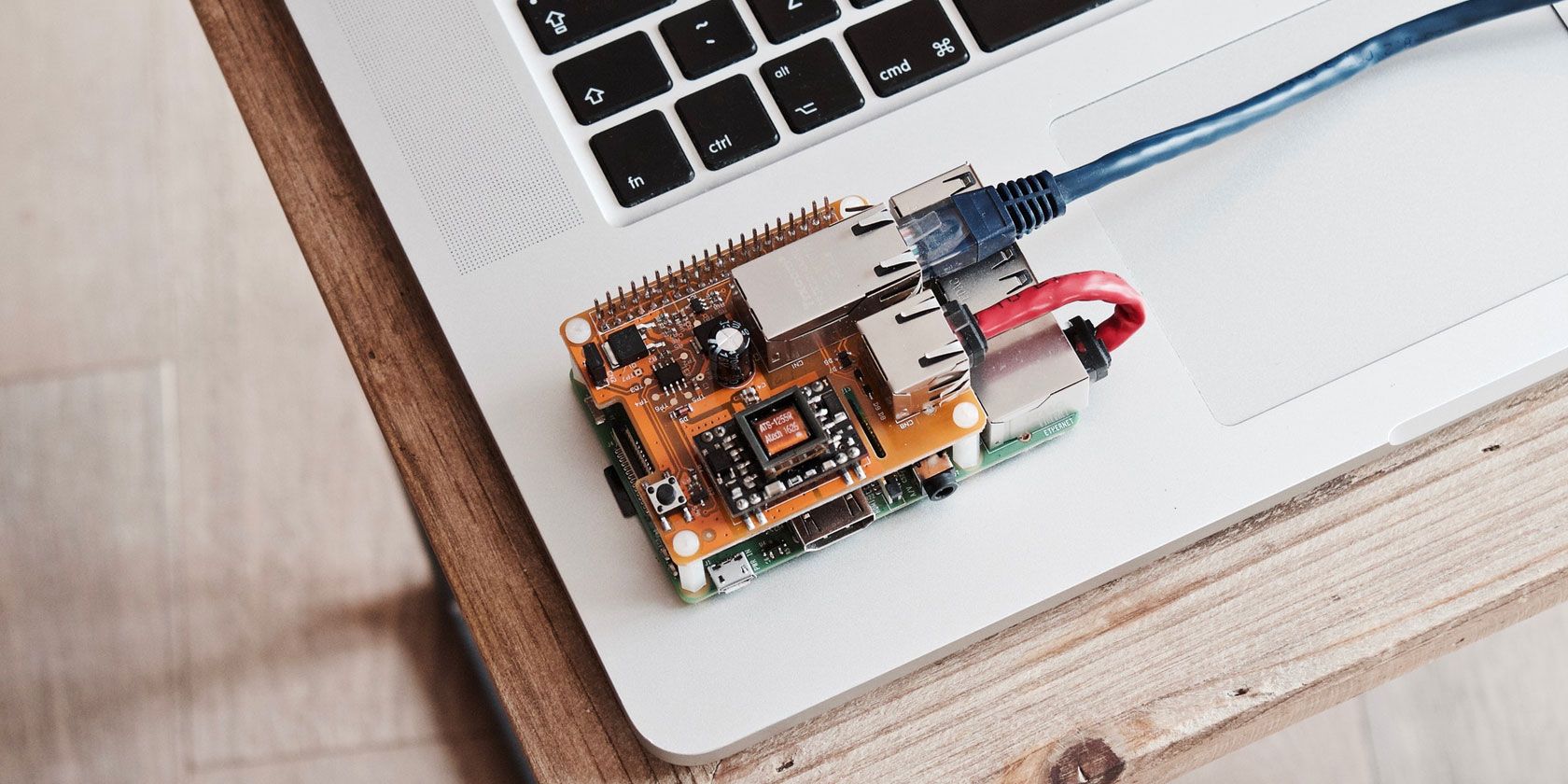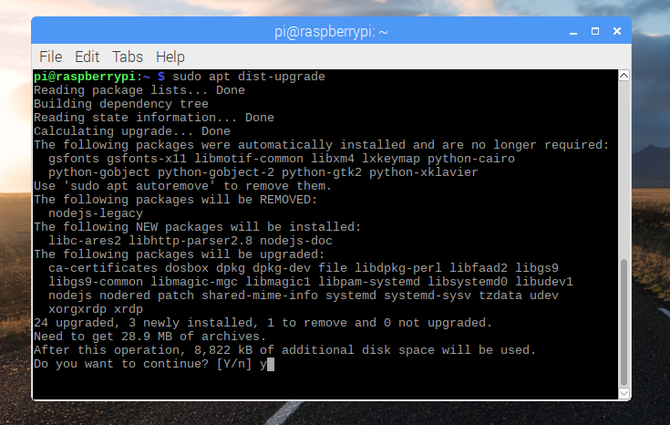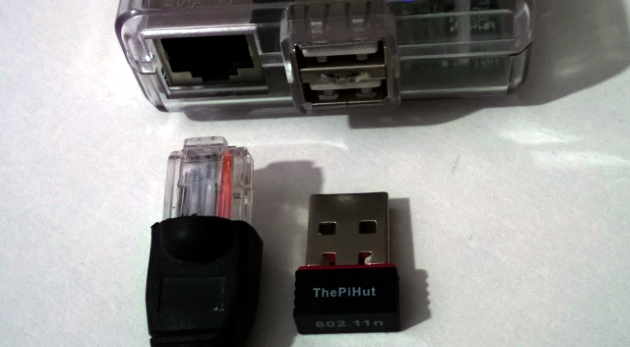
You’ve owned a Raspberry Pi for some time, but find that it doesn’t quite work right. Things are slow, apps are missing or have stopped working… it’s a bit of a mess. But why? Maybe because you haven’t updated it!
Lagging behind on Raspberry Pi updates can cause a lot of frustrations in the long run. Here are five major reasons why you should keep your Raspberry Pi up-to-date.
1. Get the Latest Software

Without updating to the most recent version of Raspbian, you won’t get to enjoy the latest Raspberry Pi software.
A wide selection of tools are pre-installed in Raspbian, enabling you to perform a wide variety of tasks. Whether you’re word processing or programming, tools are updated all the time.
Then there’s the new software. For instance, Raspbian originally shipped with the Midori browser, but in recent years this has changed. Now, Chromium ships on the Raspbian Stretch operating system (for all models but the first generation Raspberry Pi), bringing a whole new browsing experience.
Without the latest software, you risk being left behind with your projects. Your Raspberry Pi deserves the best, so update Raspbian to get your hands on the newest utilities and applications!
2. Improvements to the Raspbian Desktop
![]()
If you want a better desktop experience in Raspbian, then upgrading is vital.
When first released, the Raspbian desktop was a little lo-fi and drab, in keeping with the low specification of the original Raspberry Pi models. Over the years, however, this has been improved.
For instance, with the release of Raspbian in Jessie in 2015, the Raspberry Pi would boot directly to desktop, rather than requiring the startx command. Similarly, the desktop-based Raspberry Pi Configuration Tool was introduced, a mouse driven alternative to raspi-config.
Meanwhile, the arrival of the PIXEL update introduced a login box, refreshed icons and fonts, a collection of stunning desktop backgrounds, and much more.
The PIXEL desktop proved so successful that the Raspberry Pi Foundation has released an x86/x64 variant. Looking for a Raspbian-style desktop to refresh your old Windows or macOS computer? PIXEL for PC and Mac is worth a look.
3. New Features Are Included
![]()
Updating Raspbian almost always results in some new features for your Raspberry Pi.
The first PIXEL update included some detailed appearance settings, a built in VNC application (RealVNC), the Chromium browser, Python 3, and more. Since then, however, we’ve had regular updates, with the June 2018 update of Raspbian Stretch including a setup wizard. This lets first timers navigate through Raspbian’s initial setup, much as other operating systems do.
Then there’s the surprising removal of several apps that don’t get regularly use, placing them instead in the new software tool. Recommended Software is a long-awaited replacement for the short-lived Pi Store.
Other new features to the Raspbian OS include network booting with PXE and booting from a USB flash or hard disk drive. Our list of the latest Raspbian OS features provides a more detailed look at these improvements.
4. Get Security Fixes

You might not think that a Raspberry Pi is particularly prone to security issues, but just think of its uses. Whether it’s a desktop replacement, or a Kodi media center, there’s a security risk (particularly for Kodi). Then there is the device’s use in smart home systems, and the potentially poor security of other devices on that system.
In short, if the Pi itself isn’t prone, then the devices connected to it could be.
Meanwhile, there’s the firewall, security certificate management, SSH implementation, and other things that need to be perfect. Updates for Linux systems regularly include fixes for any issues with online connectivity and security.
And then there’s Spectre and Meltdown. These flaws have proved damaging for chip manufacturers, but thankfully the Raspberry Pi isn’t susceptible.
5. Your Project Demands It

Running Kodi, or something a bit more complicated? Perhaps your project needs to run as a server, and requires MySQL, PHP, and Apache. Maybe you need to be using the latest version of Python to get things running.
Perhaps there is a driver fix that you need on your Raspberry Pi to enable the correct use of the camera, or a connected display.
In short, whatever your Raspberry Pi project is, for it to work correctly, you’ll need to ensure that Raspbian has been updated. Making sure you’ve got the latest drivers for the hardware you connect, and the Pi itself, will help considerably here. Keeping project software up to date will save a lot of frustration later on.
How to Update Your Raspberry Pi
By this stage, you should be convinced: you need to update and upgrade your Raspberry Pi right now. But how?
It’s surprisingly straightforward, with options for both upgrading your current system, and starting from scratch with the latest release. Both require an internet connection, so this isn’t something you might do in the field. When it’s time to update, you need to bring your Raspberry Pi home.
With the many enhancements and improvements to the Raspbian operating system over the years, it is worth updating right away.
Ready? Everything you need to know can be found in our dedicated guide to updating and upgrading your Raspberry Pi.
Not Only Raspbian: Always Update Your Devices
You need to upgrade Raspbian when updates are available, but look beyond your Raspberry Pi as well. All devices need regular updates, from your PC to your smartphone to your tablet.
If updates are available, install them, and keep your hardware safe from driver failure, and security breaches, as well as enjoy new features.
Need help with your Raspberry Pi? Get started with a look at our downloadable Raspberry Pi setup tutorial.
Read the full article: 5 Reasons to Update Your Raspberry Pi and Raspbian Regularly
from MakeUseOf https://ift.tt/2Bf6G9z
via IFTTT
0 comments:
Post a Comment